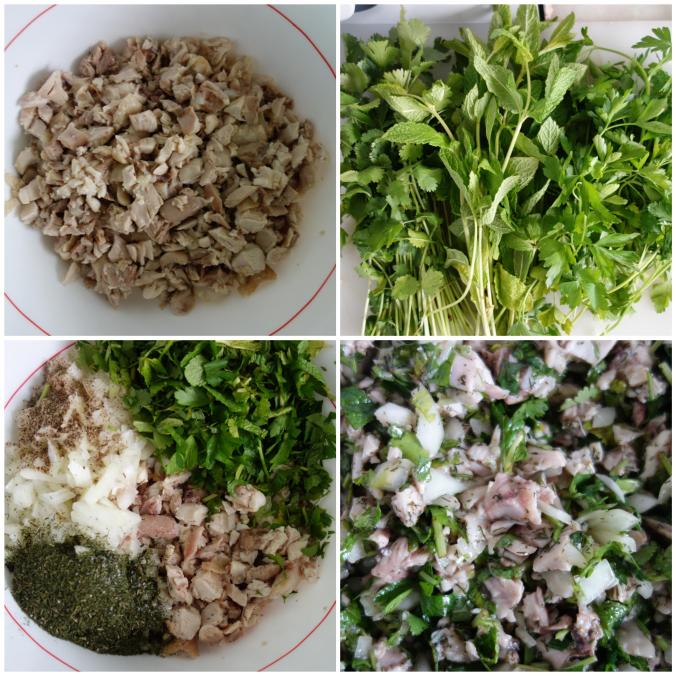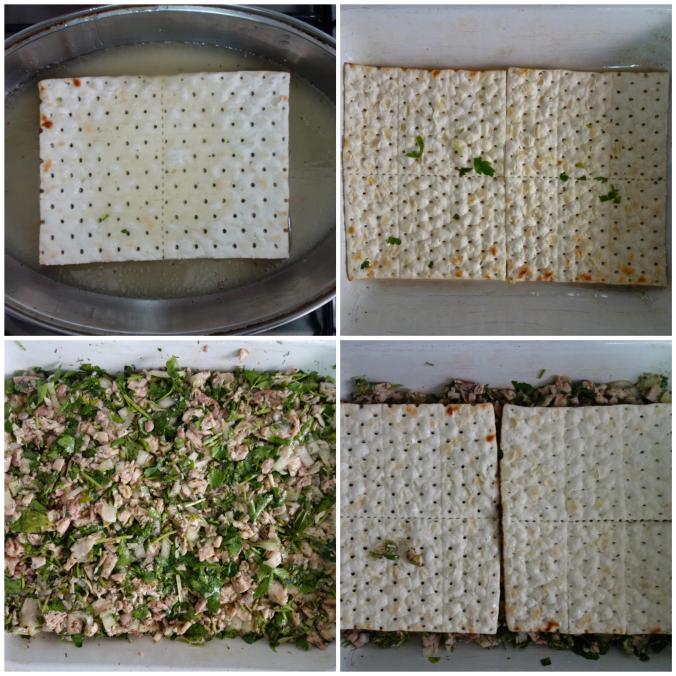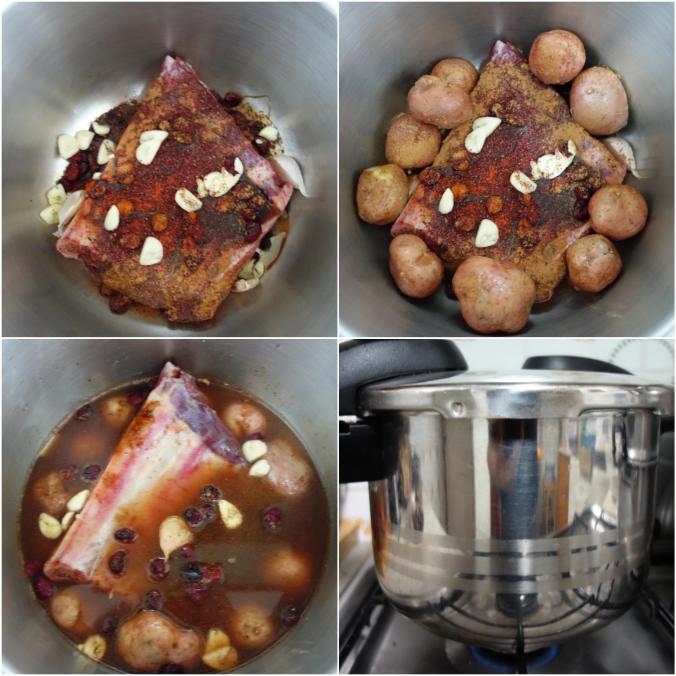I am not Jewish but because of their history in Spain, I have always felt some kind of kinship with them. They existed in Spain for centuries even before the Moorish Conquest in 711 and it is safe to assume that they left their mark here even if the Catholic Monarchs tried to erase them from our history and lands. In fact, many contemporary Spanish have discovered that even though they had always thought they were Catholic, they were in fact Jewish (at least by blood). I know of one person in particular whose family had a tradition which involved lighting candles on Fridays nights for no apparent reason other than it was a family tradition. It was later that they found out that their ancestors were Jewish and the lighting of the candles was in fact what their ancestors would have done for Shabbat. There are stories like this across Spain and most probably don’t even realise it. Perhaps, my family is one of those, who knows?
Apart from this special link, one also has to take into account that even though these Jews were forced to convert to Catholicism and/or expelled from the Iberian Peninsula the descents of these people are still very much alive today, these are the Sefardim (or Sephardic Jews). These Jews have preserved the customs, traditions, music, food and even language of those Jews that were expelled from Spain and many of them still feel some kind of nostalgia for Spain even though they were never born here.
It is through music that much of the Spanish influence has been kept alive such as the language and the cuisine. The language, known as Ladino or Djudeo-espanyol, is Old Spanish mixed with Hebrew and words from the countries where they settled after being expulsed such as Morocco, Greece, Turkey and Bosnia. The cuisine is also a mix of what the Jews would have eaten in Spain mixed with the traditions of the countries where they later settled.
In my opinion, the fact that these people have hung on to the Spanish language, culinary traditions and other aspects of life after more than 500 years just proves that these people are in fact our brothers and sisters, the only difference is that they profess a different religion, a religion that is linked to Christianity and Islam as we are all Abrahamic religions or as we are called in Islam, Ahl al-kitab (people of the book).
To learn more about Sephardim I’d recommend a documentary called “El último sefardí” (The last Sephardic Jew). It’s in Spanish and Ladino but there is a version out there with English subtitles.
As my way of commemorating our lost brothers and sisters, I have decided to cook a Sephardic dish to celebrate Passover. I may not be Jewish but this does not mean that I can not respect them and join in something that my ancestors might have celebrated directly or indirectly, also Passover is a story that is in the Bible so it does to a certain extent concern Christians too.
This recipe is a for a dish featuring matzo (unleavened bread) which is central to Passover as when the Israelites were being liberated by God from Slavery in Egypt they were in such a rush that they didn’t have time for their bread to leaven. There are countless varieties of minas, also known as migina or meyina, some filled with chicken, others with meat and some are completely vegetarian. The one I bring to you today is an amalgamation of different minas I know from different Sephardic Cuisine specialists.
To get you into the spirit of Passover and the Sephardic legacy, I leave you with this link to a Sephardic song from Turkey sung in Ladino.
| LADINO
Purim, Purim, Purim lano Pesaj, Pesaj a la mano. Las masas si stan faziendo, los yaprakis si stan koziendo. Aman, aman, aman, aman, aman, el Dio bendicho mos da mazal. Purim, Purim, Purim lano, Pesaj, Pesaj a la mano. La nona sta diziendo a los nietos: alimpia el polvo, kantones i los techos. Aman, aman, aman, aman, aman, el Dio bendicho mos da mazal. Purim, Purim, Purim lano, Pesaj, Pesaj a la mano. El senyor rubi dijo a las tiyas, no comer el pan ocho dias. Aman, aman, aman, aman, aman, el Dio bendicho mos da mazal. |
ENGLISH
Purim, Purim, Purim has passed, Passover, Passover is almost here. The matzot are baking, the rolls are being made. Aman, aman, aman, aman, aman, Blessed G-d give us good fortune. Purim, Purim, Purim has passed, Passover, Passover is almost here. The grandma tells her grandchildren: clean the dust from the corners and the roofs. Aman, aman, aman, aman, aman, Blessed G-D give us good fortune. Purim, Purim, Purim has passed, Passover, Passover is almost here. The Rabbi told the aunts, not to eat bread for eight days. Aman, aman, aman, aman, aman, Blessed G-d , give us good fortune |
Ingredients
For the filling:
6 chicken thighs
Bunch of fresh mint, roughly chopped
Bunch of fresh coriander, roughly chopped
Bunch of fresh dill (or dried), roughly chopped
Bunch of fresh parsley, roughly chopped
1 onion, finely diced
3 Tbsp. chicken stock
2 large eggs, beaten
Salt and pepper, to taste
Others:
6 matzot or tortas cenceñas/pan ácimo
Olive oil
3 large eggs
Chicken stock
1 carrot
1/2 onion
2 bay leaves
4 peppercorns
Method
1 Bring a pan of cold water with the chicken thighs, carrot, onion, peppercorns, salt and bay leaves to boil. Simmer on medium for 30 minutes. Remove chicken and dice into small pieces. Reserve the cooking liquid, this will be your chicken stock to use later. 2 Mix the diced chicken with the mint, coriander, dill, parsley, onion, chicken stock, eggs, salt and pepper. Mix well and reserve.
2 Mix the diced chicken with the mint, coriander, dill, parsley, onion, chicken stock, eggs, salt and pepper. Mix well and reserve. 3 Submerge matzot in hot chicken stock for a few seconds to become pliable but not soggy.
3 Submerge matzot in hot chicken stock for a few seconds to become pliable but not soggy.
4 Oil a baking dish and lay enough matzot to cover the bottom and then brush the surface with more oil. Cover with a layer of the chicken filling and repeat the process, much like a lasagne. You can make as many layers as you like but aim for at least 2 or 3 and leave the last layer with just matzot.
 5 Brush the top layer of matzot with olive oil and then pour over 3 beaten eggs. Shake the baking dish to allow the eggs to get into every nook and crannie.
5 Brush the top layer of matzot with olive oil and then pour over 3 beaten eggs. Shake the baking dish to allow the eggs to get into every nook and crannie.
6 Bake in a preheated 180ºc oven for 20 – 30 minutes or until the mina is golden brown. 
7 Cut into squares and serve immediately. Serve with salad such as Salata Maror.

PESAJ ALEGRE! CHAG SAMEACH! HAPPY PASSOVER!
 2 When the cooking time has elapsed, remove from the stove and release the pressure (refer to your pressure cooker instruction manual as each is slightly different). Carefully remove the lid and transfer ribs and potatoes to an ovenproof dish.
2 When the cooking time has elapsed, remove from the stove and release the pressure (refer to your pressure cooker instruction manual as each is slightly different). Carefully remove the lid and transfer ribs and potatoes to an ovenproof dish. 4 Meanwhile, sieve the cooking liquid and transfer back into the pressure cooker. Cook on a high heat, uncovered, for around 20 minutes or until the liquid has reduced to your desired consistency. Once reduced add a knob of butter and whisk into the sauce.
4 Meanwhile, sieve the cooking liquid and transfer back into the pressure cooker. Cook on a high heat, uncovered, for around 20 minutes or until the liquid has reduced to your desired consistency. Once reduced add a knob of butter and whisk into the sauce. 5 Transfer ribs and potatoes to a serving dish and spoon over with the pomegranate and sumac sauce.
5 Transfer ribs and potatoes to a serving dish and spoon over with the pomegranate and sumac sauce.